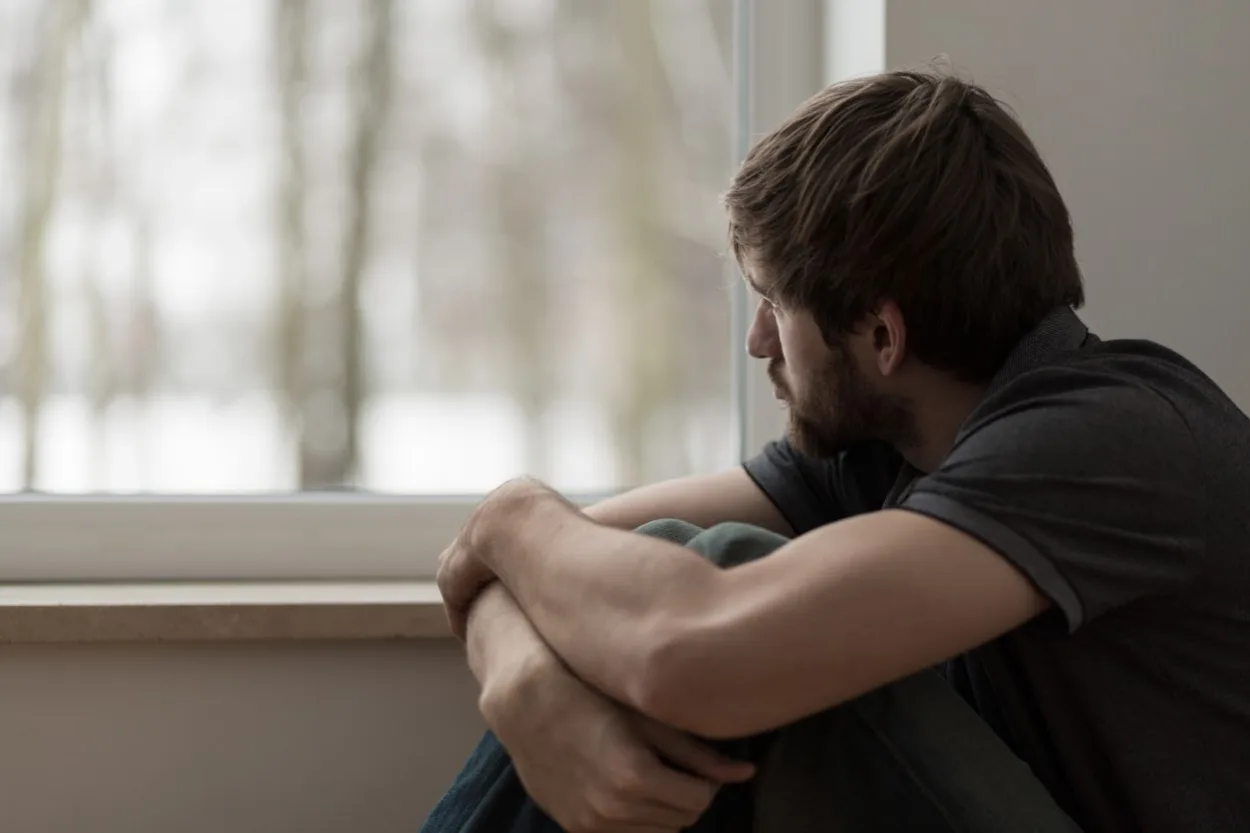
We all have days when life feels like a roller coaster. The highs and lows of ordinary life can feel dramatic at times, but for most people they are manageable and daily life continues as normal.
If life’s ups and downs leave you feeling like you’re on a roller coaster with no seatbelt, you may be affected by bipolar disorder. Bipolar disorder is manifested by highs and lows, but they are much more intense than the average person’s experience. Episodes of depression and mania interfere with regular life for a person with bipolar disorder.
What is bipolar disorder?
Bipolar disorder was once called manic depression. It’s a mood disorder that causes severe mood swings and changes in energy levels. A person with bipolar will cycle between depressive episodes (characterized by sadness, indifference and hopelessness) and manic episodes (characterized by high energy and joyfulness).
These changes in mood affect how a person is able to perform daily tasks, concentrate, socialize, decision-make, sleep and eat. According to Mayo Clinic, mood swings can happen several times per year or more and symptoms may or may not occur between episodes.
According to the National Institute of Mental Health, bipolar is typically diagnosed in the late teens or early 20s. It is rarely diagnosed in children.
The three types of bipolar disorder
Bipolar I: People who have been diagnosed with this will have experienced at least one manic episode as well as depressive and/or hypomanic episodes. A hypomanic episode is a less intense manic episode (the prefix hypo means under or less) and a manic episode will usually require hospitalization.
Bipolar II: In order to be diagnosed with Bipolar II, a person sways between hypomania and depressive episodes, but does not have manic episodes.
Cyclothymic Disorder or Cyclothymia: this disorder includes periods of hypomanic symptoms and depressive symptoms over the course of two years, but the symptoms are not severe enough to be considered full-on episodes.
What causes bipolar disorder?
As far as we know, there isn’t a single cause of bipolar disorder. Like other mental illnesses, there are several factors that contribute to someone developing bipolar disorder. Here are some of the possible determinants of bipolar disorder.
Genetics: According to a study published in the journal The Application of Clinical Genetics, family history of the disease plays a role in who experiences bipolar disorders but the genetic link is complex. There is no single gene that designates bipolar disorder, nor a number of genes that are reliably indicative of risk factors. Additionally, it is unknown how bipolar is transmitted and it is rare to find a family with a strong history since many people who struggle with bipolar are isolated cases.
Drug and alcohol abuse: A publication by the National Institute on Alcohol Abuse and Alcoholism states that there is a high prevalence of co-occurring substance use issues and bipolar disorder. Even though either can happen first, excessive drinking can surely be a contributing factor to the beginning of bipolar disorder. Regardless, drugs and alcohol can exacerbate mental health issues and it’s important to get treatment for both.
Stress: the National Alliance on Mental Illness points out that stress and how people handle it is one of the causes of bipolar disorder. The development of the condition (and a depressive or manic episode) often follow a traumatic life event, such as the death of a loved one, a dangerous accident, divorce and the like.
Brain structure: Certain brain structures make an individual more susceptible to the onset of the illness. Scientists are still studying how brain performance could be a cause of bipolar disorder.
Sexual abuse: Childhood trauma, especially physical and sexual abuse, greatly increase the likelihood that a person will experience bipolar disorder. The International Journal of Bipolar Disorders expressed that trauma in youth decreases the age of onset and increases the severity of the illness.
Pregnancy: For unknown reasons (but most likely hormone changes), women are vulnerable to the onset of bipolar disorder during pregnancy or after childbirth.
What are bipolar disorder symptoms?
Although there isn’t a single cause for bipolar disorder if you think you might be affected knowing the signs of bipolar disorder can help. The National Institute of Mental Health outlines numerous signs and symptoms of bipolar disorder which include the following.
For a depressive episode
- Feeling sad, worried, hopeless
- Feeling lethargic, fatigued
- Trouble falling asleep or getting too much sleep
- Overeating
- Forgetfulness
- Difficulty having a conversation
- Difficulty making decisions
- Loss of interest in previously enjoyable activities
- Suicidality
For a manic episode
- Feeling elated, irritable
- Feeling tense, anxious
- Being fidgety, restless
- Feeling a decreased need for sleep or food
- Talking quickly with little transition from topic to topic
- Racing thoughts
- Multitasking
- Risky or dangerous behavior
- Making rash decisions
- High self-esteem
Getting treatment
If you feel like your emotional instability is interfering with your daily life, it’s time to get help. Bipolar disorder may sound intense, but the good news is that there’s evidence-based treatment available for those struggling with the illness.
Treatment will typically involve psychotherapy (either individually, with a family or in groups), medication (mood stabilizers) and potential help for comorbid disorders. Bipolar disorder typically requires life-long treatment, but living a fulfilling and normal life is possible with the right help.
Finding help for bipolar disorder doesn’t have to be a solo journey. The Light Program is only a phone call away and can help you access inpatient, outpatient and virtual treatment options. With the support of The Light Program, you’ll learn to manage the ups and downs of life so you can be your best self. Give us a call today at 610-644-6464.






